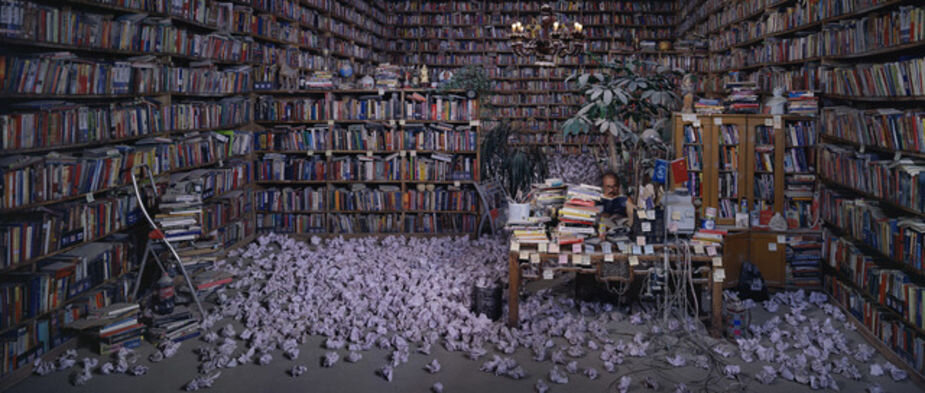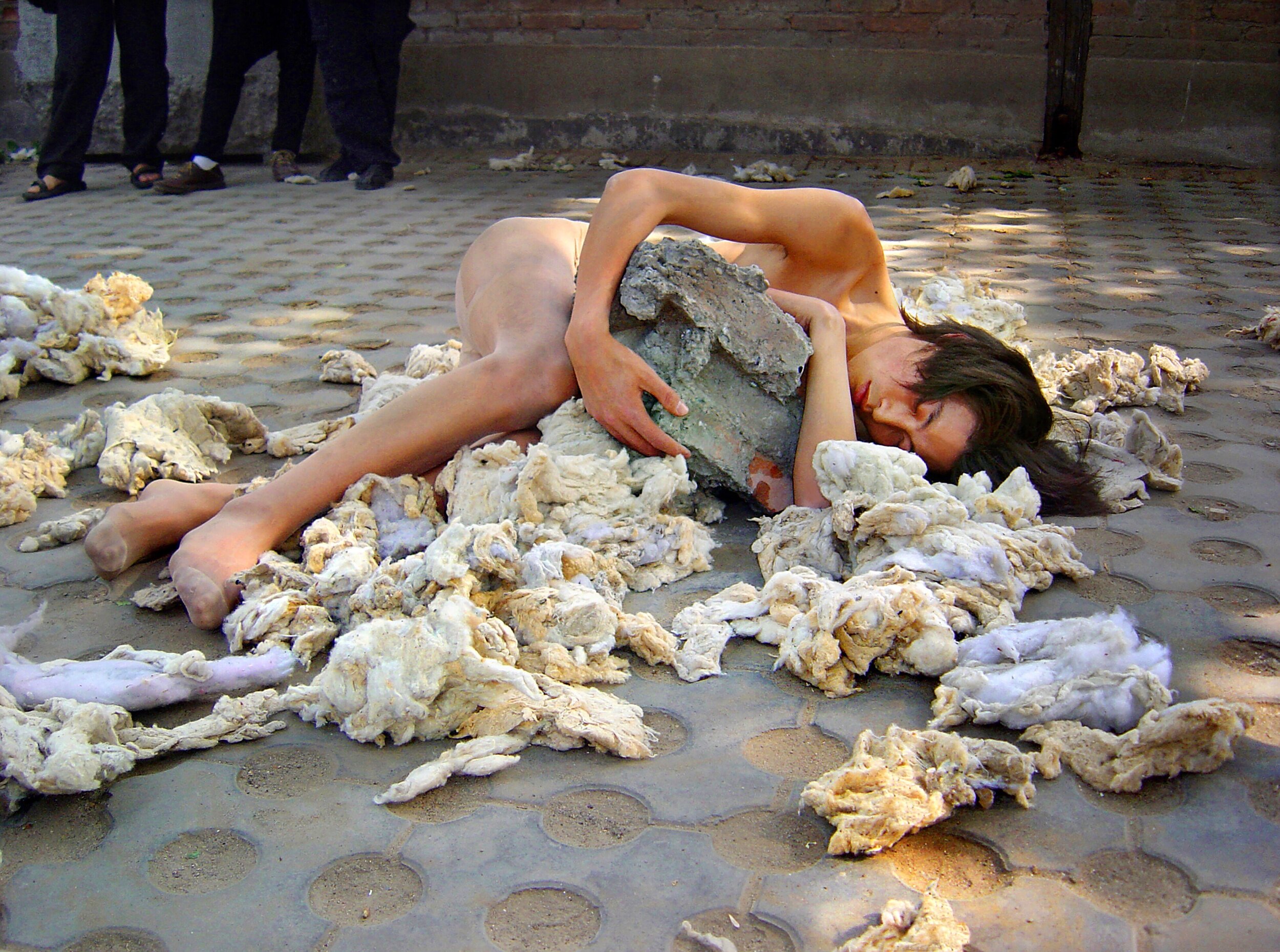Journal
Tags
- Bowen Yang
- Celsivincys Kumar
- darren jorgensen
- Debbie Gilchrist
- Eloise Viney
- Harry Price
- James Enderby
- Jessica Cottam
- Jiayang Qin
- Jinx Zhou
- Johan Sulaiman
- Kiara Player
- Kye Fisher
- Lucy Leech
- Lévi McLean
- Maddie Sarich
- Peter Kidson
- Rachel Ciesla
- Sam Beard
- Sam Beard
- Sara Fong
- Tami Xiang
- Valentina Sartori
Qi Zhilong in his studio, 2024. Photo by Kye Fisher
Li Xianting remarked of his role as an editor and a critic as follows:
“I just wanted to draw people’s attention towards a certain issue. I wanted to stir debate and stoke discourse”
Guan Kan 观看 attempts to stand in this tradition, and uphold Mr Li’s dedication to critical investigation on Contemporary Chinese Art. Below you will find a series of essays, criticism, interviews with artists, art theory and art writing, aimed at analyzing the history and future of art.
Scholarly debate and analysis is welcomed by the journal as well as negotiating intercultural differences which may arise.
To join this discussion, please get in contact with Guan Kan 观看

Wang Qingsong as journalist and social critic
Wang Qingsong uses applied photography as a way to respond to the rapidly changing society, repeatedly stressing that he is a ‘journalist’, arguing that the news does not just stay on the surface, but also functions in a more essential way. Working with exaggerated content and shocking, spectacular scenes, Wang reflects social issues. His work arranges details within complicated, large images, as just one image can deliver the impact of a whole issue.

Zhu Fadong’s Looking for a Missing Person (1993)
In Looking for a Missing Person, Zhu Fadong plastered his elaborate posters all over the street, proclaiming that ‘Zhu Fadong, long hair, an artist, born in 1960, left from Kunming, Yunnan Province in one day, missing’.

Reflection of Changing Chinese Society in Qi Zhilong’s Art
Qi Zhilong is a Chinese artist most well known for his work during the Political Pop movement in the 1990s. With a self-admitted ‘obsession’ (Supangkat, 2009) with the exploration of women and beauty, Qi paints mainly female subjects which he uses as a metaphor for individuality and femininity.

The Art of Water in China: Dong Zhengyi's Communal Fish Pond (1972) and He Yunchang's Dialogue with Water (1999)
He Yunchang’s Dialogue with Water (1999) and Dong Zhengyi’s Communal Fish Pond (1972) are works made within and after Mao’s Cultural Revolution.

Orpheus in the Modern World: Han Bing and Chinese Contemporary Art
‘The absurd is born of this confrontation between the human need and the unreasonable silence of the world.’

Art Escaping Reality: Zhang Linhai’s reflections upon past and present experiences of China through contemporary art
Art has been a means by which Chinese creators have been able to respond to social and political states and changes throughout the contemporary era, though not with great success, due to government shutdown and censorship.

The impact of the Cultural Revolutions on Chinese contemporary art
Since the 1940s, China has been on a unique course of historical development. This essay will analyse Zhang Linhai’s artworks at different times over the course of this development, and through his life’s experience of it.

He Yunchang's Studio and Artist Villages in Beijing
The threat of unprovoked demolition is one of the countless challenges practicing contemporary Chinese artists are facing before the will of the authorities. He Yunchang is one of the high profile artists still living and working within the Caochangdi district of Beijing today.

